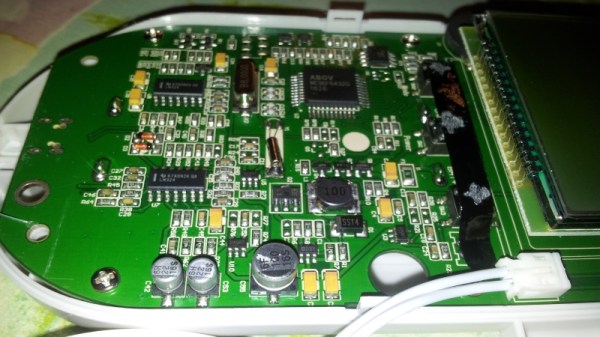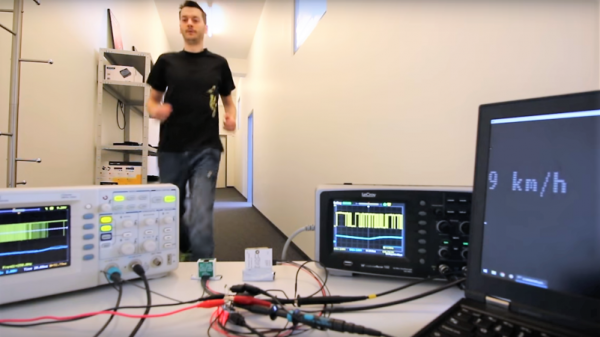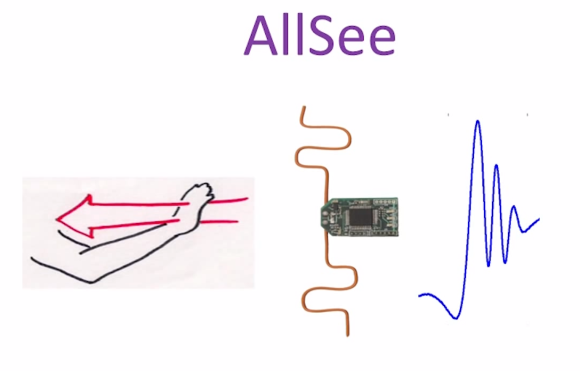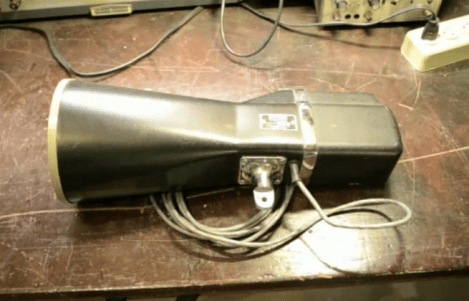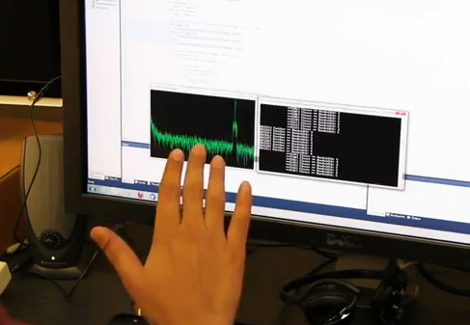Early and low-cost detection of a Heart Failure is the proposal of [Jean Pierre Le Rouzic] for his entry for the 2017 Hackaday Prize. His device is based on a low-cost Doppler device, like those fetal Doppler devices used to listen an unborn baby heart, feeding a machine learning algorithm that could differentiate between a healthy and an unhealthy heart.
The theory behind it is that a regular, healthy heart tissue has a different acoustic impedance than degenerated tissue. Based on the acoustic impedance, the device would classify the tissue as: normal, degenerated, granulated or fibrous. Each category indicates specific problems mostly in connective tissues.
There are several advantages to have a working device like the one [Rouzic] is working on. To start, it would be possible to use it at home, without the intervention of a doctor or medical staff. It seems to us that would be as easy as using a blood pressure device or a fetal Doppler. It’s also relatively cheap (estimated under 150$) and it needs no gel to work. We covered similar projects that measure different heart signals, like Open Source electrocardiography, but ECG has the downfall that it requires attaching electrodes to the body.
One interesting proposed feature is that what is learn from a single case, is sent to every devices at their next update, so the devices get ‘smarter’ as they are used. Of course, there are a lot of ways for this to go wrong, but it’s a good idea to begin with.

